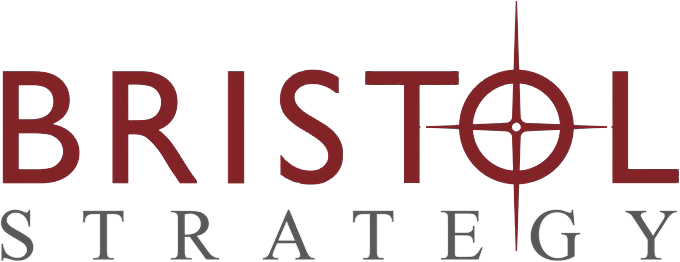Nonprofits rely on fundraising for their operations. As a fundraising professional, you understand the essential role that development plays in your organization’s success. While your organization is primarily focused on your mission and the constituents you serve, fundraising is the catalyst that allows you to serve them.
Therefore, it makes sense that your organization prioritizes efficient fundraising efforts, which allow you to raise as much money as possible given the resources available.
The most effective way to make sure you’re getting the most out of your fundraising strategy is to focus your attention and efforts on increasing your organization’s donor retention.
Donor retention is the number of donors who continue to contribute to your cause year over year. Here at Bloomerang, we focus our efforts on providing the resources and advice that nonprofits need to increase their donor retention rates and enhance their fundraising. From our experience, we’ve put together this guide to help organizations like yours optimize donor retention efforts. We’ll cover:
- Calculating Donor Retention
- Price of Retaining vs. Acquiring Donors
- Donor Lifetime Value
- Tips to Increase Your Retention Rate
Nonprofits have seen an incredible amount of success in their fundraising efforts by focusing their attention primarily on supporter retention. That’s why it’s so valuable to enhance this key aspect of your nonprofit strategy.
Calculating Donor Retention
As we mentioned, donor retention is the key to unlocking the most efficient fundraising strategy for your nonprofit. However, it’s impossible to see just how your retention rate is impacting your strategy without making a dedicated effort to track the metric in your system.
Therefore, we’ll start with the basics: calculating your donor retention rate. While some donor database systems track this metric for your organization without any effort on your part, there is still a lot of value in knowing how the metric is calculated. Bloomerang’s retention guide provides this helpful image to illustrate the retention rate calculation:
This same guide provides a chart showing the impact of donor attrition (the exact opposite of retention) so that you can see what happens to the donors in your database when you continuously lose them rather than retain them over the years.
By tracking important metrics like your retention rate and attrition rate, you can see how that number impacts the actual performance of your fundraising efforts.
As you retain more supporters, they’ll likely end up contributing more to your organization because their relationship with you is stronger. Plus, you won’t have to spend as much on acquiring new supporters to replace those who have lapsed. Instead, you can focus on encouraging supporters to stick around and promote organizational growth.
Price of Retaining vs. Acquiring Donors
Bristol Strategy Group describes donor retention as filling the holes in a leaky bucket. You can think about your donor acquisition as the water that you’re pouring into your bucket. Holes in your strategy equate to cracks in this bucket, causing the water to slowly drip out.
Now, imagine that the water is dripping out of the bucket faster than you can pour it in—that’s when your fundraising strategy ends up in the red. You’ll be spending too much money and time on acquiring new donors rather than working to keep them. This resource even says that it can be 50% to 100% more expensive to acquire your supporters than the amount that they end up contributing to your organization.
Now let’s compare the expense of retaining donors to the expense of the acquisition process. Nonprofit Quarterly estimates that it costs about 10x as much to acquire donors than it does to retain them.
This is all to say that acquiring donors is very expensive for nonprofits. The last thing you want is to spend all of the money budgeted for fundraising and still end up losing funds.
When you start plugging the holes in your leaky bucket and retaining more supporters, you’re able to save money on acquisition costs. While you’ll still need to acquire donors for the future, your acquisition efforts will serve the purpose of growing your organization rather than replacing lapsed supporters.
Donor Lifetime Value
Think about your best friend, your partner, or another person you’re close to. When you first met them, how much time and energy did you put into the relationship? Compare that to how much time you invest in the relationship now. Chances are, you’ve dedicated more and more to the other person as you’ve gotten to know one another and grown your relationship.
The same thing happens with donors. The longer they support your organization, the more dedicated they’re likely to become to your cause. This means more opportunities will open up to get them even more involved with your various campaigns and activities.
The longer your supporters interact and contribute to your organization, the higher their lifetime value becomes. This guide explains that your “donor lifetime value represents how much a donor gives to your organization during their relationship with you.” However, we want to take this a step further.
Lifetime value doesn’t only represent the monetary value of your supporters, but also takes into account their other engagement and signs of dedication to your cause. For instance, compare these two donors:
- Donald gives $100 to your nonprofit as his first donation to your cause. The next year, he gives $125 and the next $150. His lifetime value equates to $375 for your organization because that’s how much he’s contributed.
- Arthur, meanwhile, follows the same path, giving $100, $125, and $150 in subsequent years. However, he also volunteers for the organization on a monthly basis. By volunteering just 5 hours per month, he’s contributed 180 hours to your mission, too. Is his lifetime value also $375, just like Donald, or is it more?
As your organization retains donors, their lifetime value increases at your organization. They often give in higher quantities and dedicate more of their time and energy to your various campaigns. To track and accurately represent your donor’s lifetime value with your organization, you need access to a robust nonprofit CRM that can track both financial gifts and engagement metrics for each supporter. This will help you get a more rounded view of their value with your organization rather than a strictly financial one.
Tips to Increase Your Retention Rate
We’ve covered the importance of your donor retention rate. Now that you know why it’s so vital to your strategy and the financial implications of failing to focus on it, you might be wondering, “How can I improve my donor retention?”
Throughout this article, we’ve mentioned the idea of relationships with your supporters several times. That’s because building relationships is the best and most effective way to retain the support you’ve worked so hard to acquire.
Qgiv’s guide explains that this relationship-building process is known as donor stewardship. Once a supporter has given to your organization, you’ll start stewarding them and developing a connection. By reminding supporters of the impact they’ve had on your mission, showing them that you care about their input and opinions, and remaining transparent with them about your operations, you’ll build stronger relationships and retain them for the long run.
Stewardship looks a little different for every nonprofit, but we have some actionable tips below to help get you started:
- Go out of your way to show appreciation. Almost every nonprofit sends an automated “thank you” when a donation is given (and if you don’t, you should). But how many organizations call every donor individually to show appreciation for the gift? How many send hand-written thank you letters? Fewer than you think. Guides like this one provide appreciation ideas that your organization can use to take your thank-yous to the next level and communicate how much you care to your valuable supporters.
- Create a specific strategy for new supporters. Did you know that the average retention rate for first-time donors is significantly lower than that for repeat donors? That’s why the second donation made to a nonprofit is often referred to as the “golden donation” because supporters will be more likely to continue giving after it’s made. A specific strategy and timeline for your brand new donors ensure you’re showing these individuals the attention they deserve to increase your new donor retention rate.
- Ask for feedback from your supporters. By sending surveys or calling supporters to inquire about their experience with your organization, you’re able to show donors that you care about their opinions. But more than that, you’re able to gather potential improvements for your strategies that will enhance your target audience’s experience of engaging with your organization.
- Personalize all of your communications. When you receive a letter that says, “dear donor” or “dear valued guest,” your eyes probably immediately glass over. The same thing happens to your supporters! Personalize your messages with your donors by segmenting your audience, using their preferred name, and including details about their engagement with your organization in the message itself.
Building relationships with hundreds or even thousands of supporters at a time may sound challenging or even impossible. But by staying organized with a clean donor database and building effective strategies, you’ll be able to build bonds and retain relationships for the long haul.
Wrapping Up
Fundraising is a vital part of your nonprofit’s strategy. Nonprofits that raise money effectively and efficiently are then able to dedicate those funds to make a lasting impact on their mission.
Within this process, donor retention is the catalyst to more impactful fundraising. By tracking this metric and putting strategies in place to improve it, you’ll find that you spend less on acquisition, increase the lifetime value of your supporters, and ultimately raise more money. This equates significantly to your organization’s growth potential as you look to the future.
We are especially honored to welcome the incomparable Jay Love as this week’s guest author.


